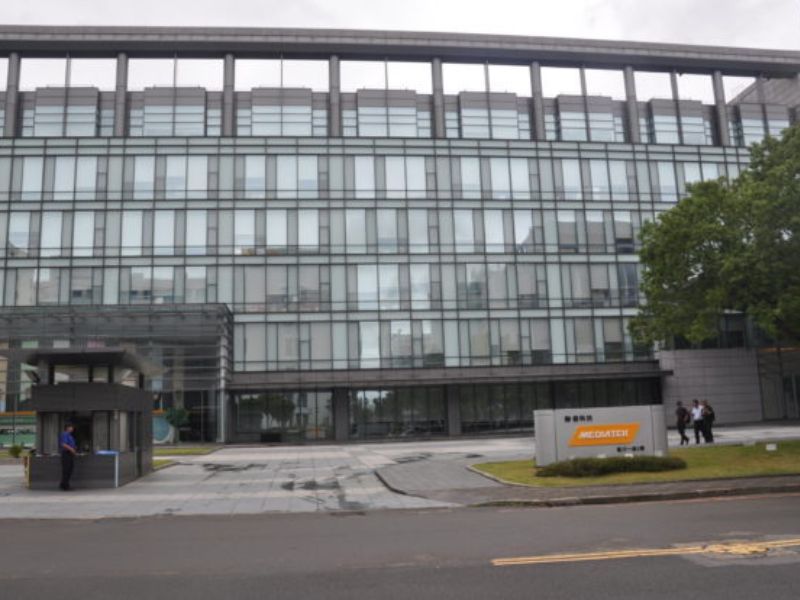
MediaTek focuses on heterogeneous integration to seize opportunities in the silicon photonics market

TechNews
February 17, 2025
By Atkinson
February 17, 2025
By Atkinson
Silicon photonics (SiPh) has become a prominent field in the future development of chips, and domestic IC design company MediaTek is stepping up its layout in the field of silicon photonics. According to media reports, MediaTek's development direction prioritizes the development of optical co-packaging (CPO) heterogeneous integration technology. The reason is that there are many manufacturers that can provide photonic integrated circuits (PICs), but few that can provide integrated solutions. What customers need is a service that can integrate all content, which has also become a strategic consideration for MediaTek.
MediaTek said that under the model of simply providing PIC components, competition will be very fierce when silicon photonics technology has not yet been fully mass-produced, and it will not be able to truly understand customers' complete architectural needs, which will limit long-term development. In particular, some competitors are launching very advanced large-scale solutions, where silicon photonics are used to transmit signals all around the main chip. However, at the current stage, customers need to start with products that are half electronic signals and half optical signals. Not all data transmission requires long-distance optical communication.
Based on the above market demands, MediaTek chose to prioritize the development of heterogeneous integration technology for optical co-packaging, and worked hard on heat dissipation technology and materials. MediaTek emphasized that PIC suppliers are very important to MediaTek, but when silicon photonics technology truly matures and is commercialized on a large scale, the survival pressure of companies that only make components will also be great. Therefore, MediaTek is also considering investing in PIC technology on its own to reduce supply risks.
The relationship between SerDes (sequencer/deserializer) and silicon photonics is that different speed requirements may require different technologies. Initially, the copper-based SerDes technology was believed to have a ceiling of 112G. Later, it was able to continue to develop to 224G when the copper wire was shortened by half. This breakthrough also delayed the further commercialization of silicon photonics. Now, even though 448G may not be realized temporarily, there is a possibility of market demand for 336G, which will postpone the development of silicon photonics transmission.
Overall, these two technologies will not be updated or eliminated in the future, but will establish a coexistence model. This also means that when copper wire transmission reaches its physical limit, silicon photonics will be able to meet all higher-speed transmission specifications in this field. By first standing in the right strategic position, MediaTek can clearly see the technical direction and trends of the market and further develop overall.
Related link: https://technews.tw/2025/02/17/mediatek-focuses-on-heterogeneous-integration-technology/
【Disclaimer】
The content of this article only represents the author’s personal views and has nothing to do with Creating.
The content, text and originality have not been verified by this website. This website does not make any guarantee or commitment to this article and all or part of its content, authenticity, completeness, or timeliness. It is for readers' reference only. Please verify the relevant content on your own.
Creating Nano Technologies, Inc.
59 Alley 21 Lane 279, Chung Cheng Road, Yung Kang City, Tainan, TAIWAN
TEL:886-6-2323927 FAX:886-6-2013306 URL: http://www.creating-nanotech.com
